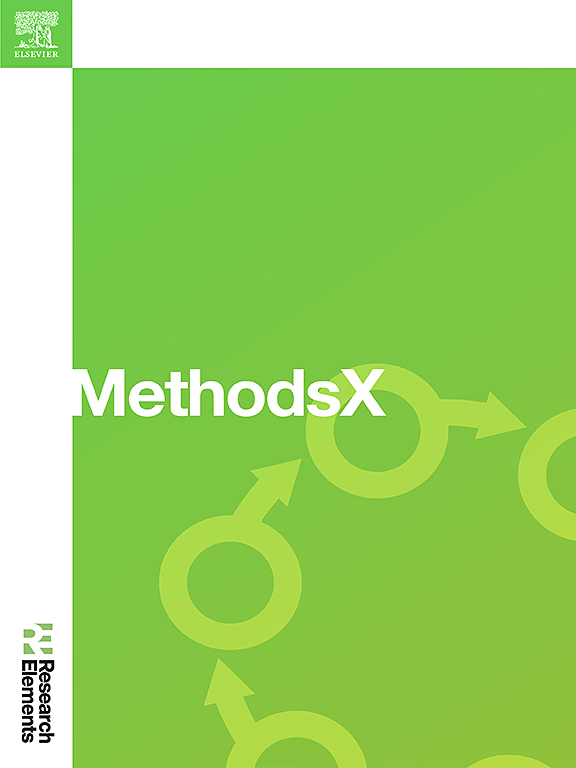Lane and Traffic Sign Detection for Autonomous Vehicles: Addressing Challenges on Indian Road Conditions
IF 1.6
Q2 MULTIDISCIPLINARY SCIENCES
引用次数: 0
Abstract
Accurate and precise detection of lanes and traffic signs is predominant for the safety and efficiency of autonomous vehicles and these two significant tasks should be addressed to handle Indian traffic conditions. There are several state-of-art You Only Live Once (YOLO) models trained on benchmark datasets which fails to cater the challenges of Indian roads. To address these issues, the models need to be trained with a wide variety of Indian data samples for the autonomous vehicles to perform better in India. YOLOv8 algorithm has its challenges but gives better precision results and YOLOv8 nano variant is widely used as it is computationally less complex comparatively. Through rigorous evaluations of diverseness in the datasets, the proposed YOLOv8n transfer learning models exhibits remarkable performance with a mean Average Precision (mAP) of 90.6 % and inference speed of 117 frames per second (fps) for lane detection whereas, a notable mAP of 81.3 % for traffic sign detection model with a processing speed of 56 fps.
- •YOLOv8n Transfer Learning approach by adjusting architecture for lane and traffic sign detection in Indian diverse Urban, Suburban, and Highway scenarios.
- •Dataset with 22,400 images of normal and complex Indian scenarios include crude weathering of roads, traffic conditions, diverse tropical weather conditions, partially occluded and partially erased lanes, and traffic signs.
- •The model performance with notable precision and frame wise inference.

自动驾驶汽车的车道和交通标志检测:应对印度道路状况的挑战
准确和精确地检测车道和交通标志对自动驾驶汽车的安全和效率至关重要,为了应对印度的交通状况,这两项重要任务应该得到解决。在基准数据集上训练的几个最先进的YOLO (You Only Live Once)模型无法满足印度道路的挑战。为了解决这些问题,需要使用各种各样的印度数据样本来训练模型,以便自动驾驶汽车在印度表现更好。YOLOv8算法虽然存在挑战,但精度较高,由于计算复杂度相对较低,YOLOv8纳米版本被广泛使用。通过对数据集多样性的严格评估,所提出的YOLOv8n迁移学习模型在车道检测方面表现出了显著的性能,平均平均精度(mAP)为90.6%,推理速度为117帧/秒,而交通标志检测模型的mAP为81.3%,处理速度为56帧/秒。•YOLOv8n迁移学习方法,通过调整印度不同城市、郊区和高速公路场景中车道和交通标志检测的架构。•包含22400张正常和复杂印度场景图像的数据集,包括道路的粗糙风化、交通状况、各种热带天气条件、部分遮挡和部分擦除的车道以及交通标志。•具有显著精度和框架推理的模型性能。
本文章由计算机程序翻译,如有差异,请以英文原文为准。
求助全文
约1分钟内获得全文
求助全文
来源期刊

MethodsX
Health Professions-Medical Laboratory Technology
CiteScore
3.60
自引率
5.30%
发文量
314
审稿时长
7 weeks
期刊介绍:
 求助内容:
求助内容: 应助结果提醒方式:
应助结果提醒方式:


